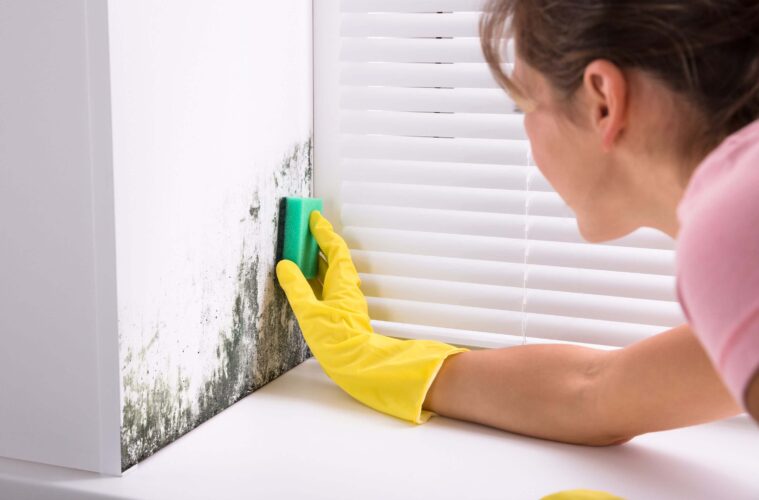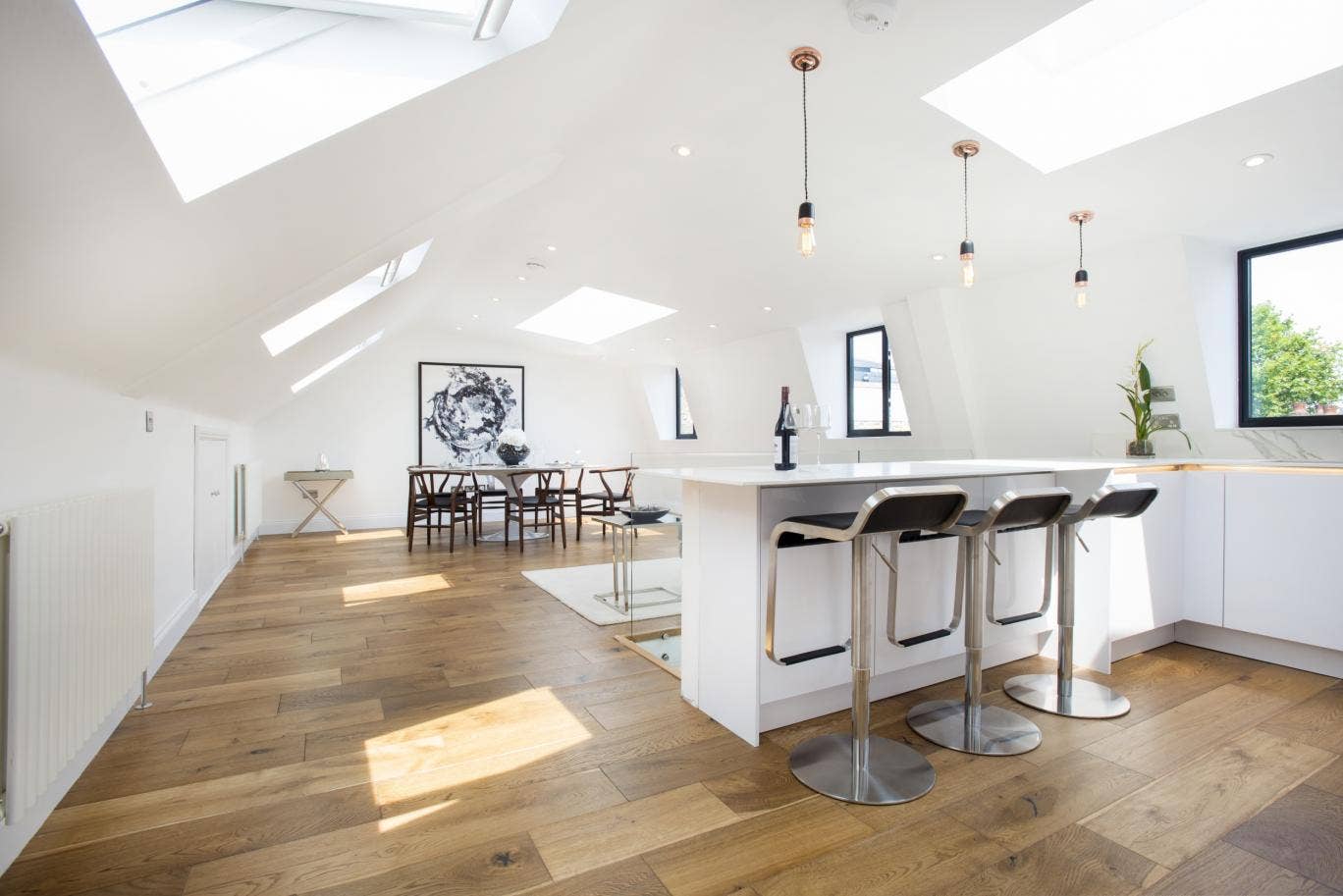Almost 70% of homes have some form of mold growth. Unfortunately, not all homeowners pay attention to mold crawling around their house not until it becomes the worst-case scenario. If you’re one of those who have encountered mold in your home, you’ve come to the right place.
Mold is increasingly common in residential and commercial places. When molds start forming in a small part of your moisture-filled home, it’s only a matter of time before they breed exponentially in your home.
To help your home become mold-free, here are some helpful tips to get rid of mold in your household:
Be Informed
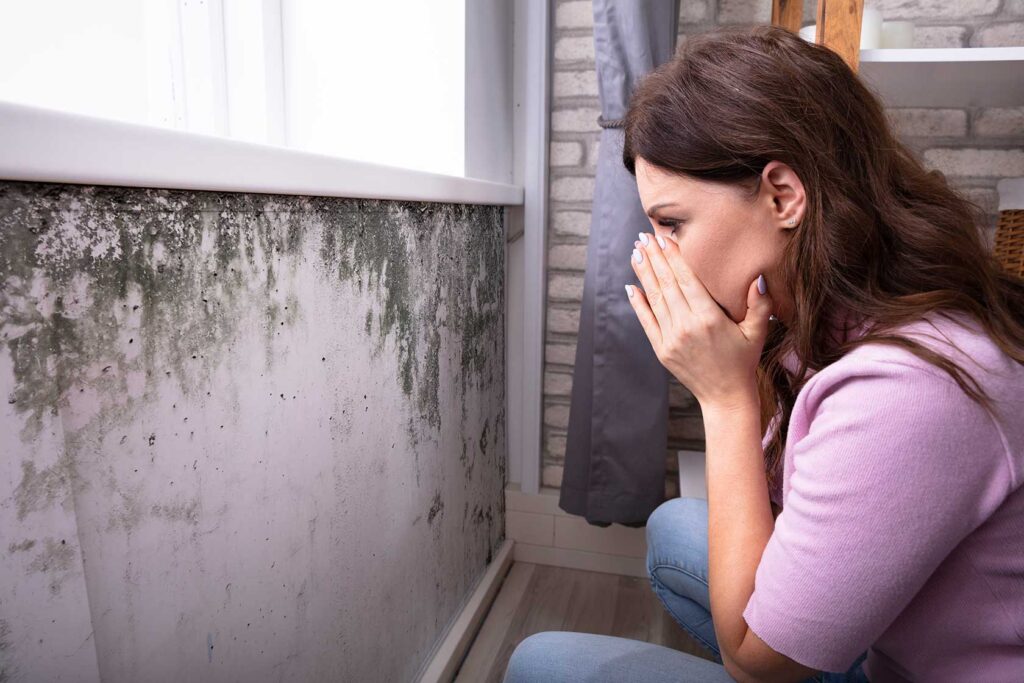
source: mydecorative.com
Once you see mold covering your floors, walls, or ceiling, stay calm and don’t attempt to rub off the mold out of panic. Regardless of any damage to your home, approach the problem properly by identifying it first and recognizing the threats it brings.
Mold can only be dangerous to humans in huge volumes. However, if you have people in your household with respiratory or skin allergies, they’ll be the first to feel the health consequences of mold growth.
However, you should still be informed of what mold can do to your health and home. This way, you can prevent it from harming your family’s health further.
Find The Source Of Mold Growth
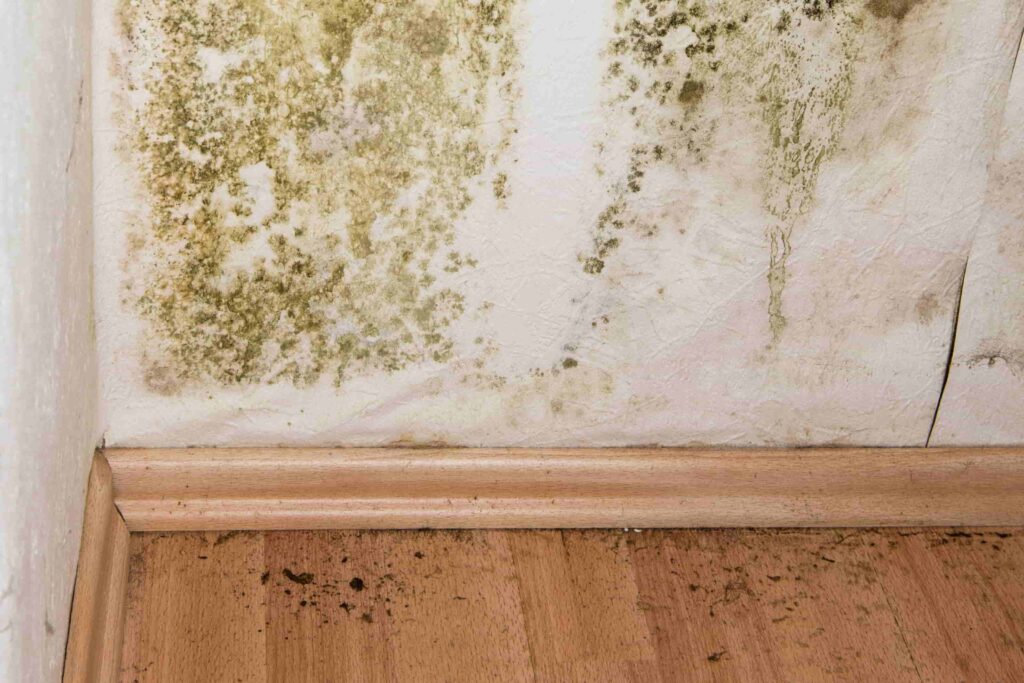
source: houselogic.com
Unfortunately, many homeowners only discover mold growth in their homes when the situation has spread to a larger scale. Before anything else, try to find its source before trying to clean the growth you’re seeing, as not taking out the root of the problem will only encourage it to spread continuously.
As a living organism, mold can thrive and multiply, thanks to these four elements: moisture, oxygen, food, and darkness. Think of a location in your home that has all of these things. Damp areas like the basement, ventilation ducts, showers, carpets, and areas surrounding heating and cooling systems are common sites for mold growth.
Hire A Mold Remediation Expert
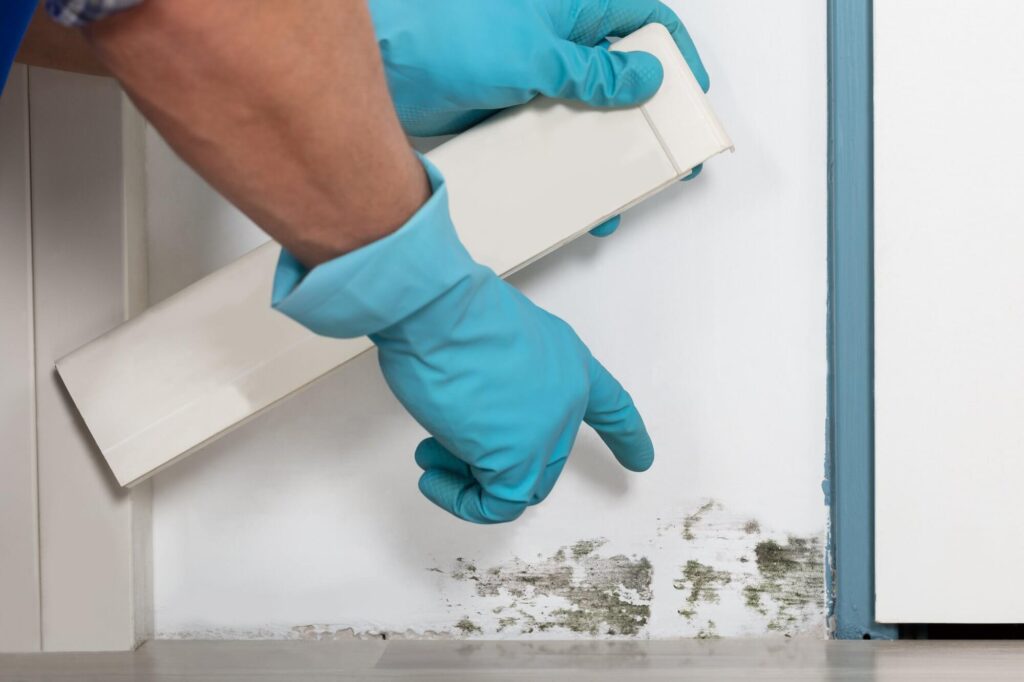
source: primmart.com
Dealing with mold can be dangerous to an ordinary homeowner, so you might need help, especially if your mold growth has bred almost uncontrollably. To ensure that you’ll eliminate the growth root and stem, don’t hesitate to call mold remediation services in your area.
Also, they can conduct a proper mold assessment which is always required before performing any remediation process. The mold assessment will contain the following information:
- Presence of mold and its type or species
- The main source of the problem
- The severity of infestation measured in square footage
- Costs of mold remediation and removal
They’ll also conduct moisture testing to identify the moisture conditions of household structures and fixtures damaged by the mold. Then, the inspector will take mold samples from the home areas affected.
You can hire a professional mold test company to take care of your mold growth that can be removed without damaging your home structures. Mold experts are also less likely to miss mold spots in hard-to-reach areas like the crawlspace crawlspace.
Eliminate Moisture In Affected Household Items
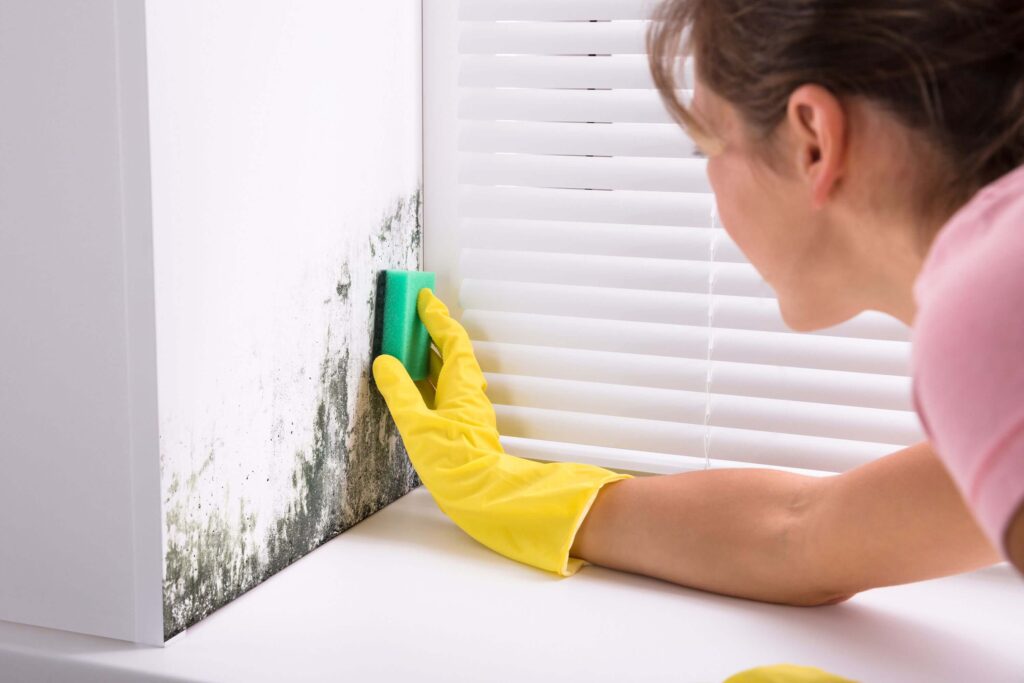
source: thespruce.com
Unfortunately, mold doesn’t grow on blank walls and ceilings alone. They can also affect your furniture and fittings as long as they possess the growth conditions for mold. Your mold remediation experts can also help remove mold growth on your items, but it would be better to assist them with your belongings.
First, remove and discard unsalvageable items, such as those soaked in too much water, those which contain excessive moisture, and those infested with too much mold. Dispose of them properly in thick plastic bags to prevent contamination of unaffected areas.
Remove all items infested with mold and clean them thoroughly with the right cleaning chemicals and supplies discussed in the next tip. You should completely dry out wet items by taking them outside under the sun or drying using dehumidifiers and fans.
Use The Right Cleaner For Every Surface
Most resources will recommend cleaning mold infestation with bleach. If the mold growth in your household is still preventable, you can settle for a DIY solution by cleaning these mold-infected surfaces with the right cleaning materials.
Bleach isn’t an all-around mold cleaner as it can damage sensitive wood surfaces. Mixing chemicals like alcohol, vinegar, ammonia, and hydrogen peroxide with bleach can also be harmful to your health.
Here are some tips and solutions to use when getting rid of mold in different items:
Tile and Grout
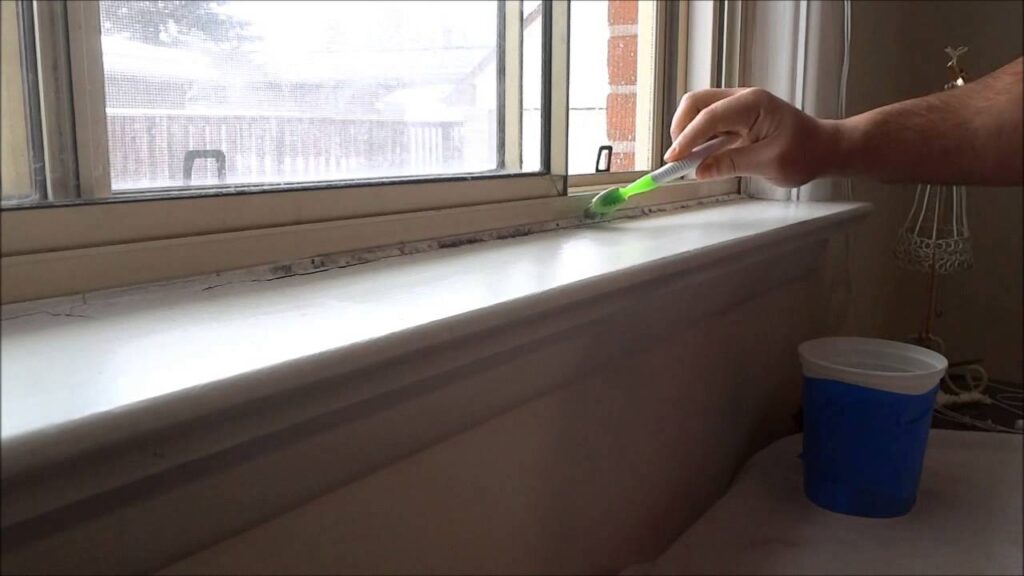
source: youtube.com
Bleach diluted in water
Interior Walls, Flooring, and Carpet
Bleach, dishwashing detergent, and water solution for porous surfaces like drywall and wood
Carpet with mold should be discarded and replaced, and the area left should be thoroughly dried before replacement
Household Appliances
Distilled white vinegar diluted in water for appliances that harbor food, heat, and moisture, including coffee makers, refrigerators, and chillers
Chlorine bleach solution for washers
Fabric
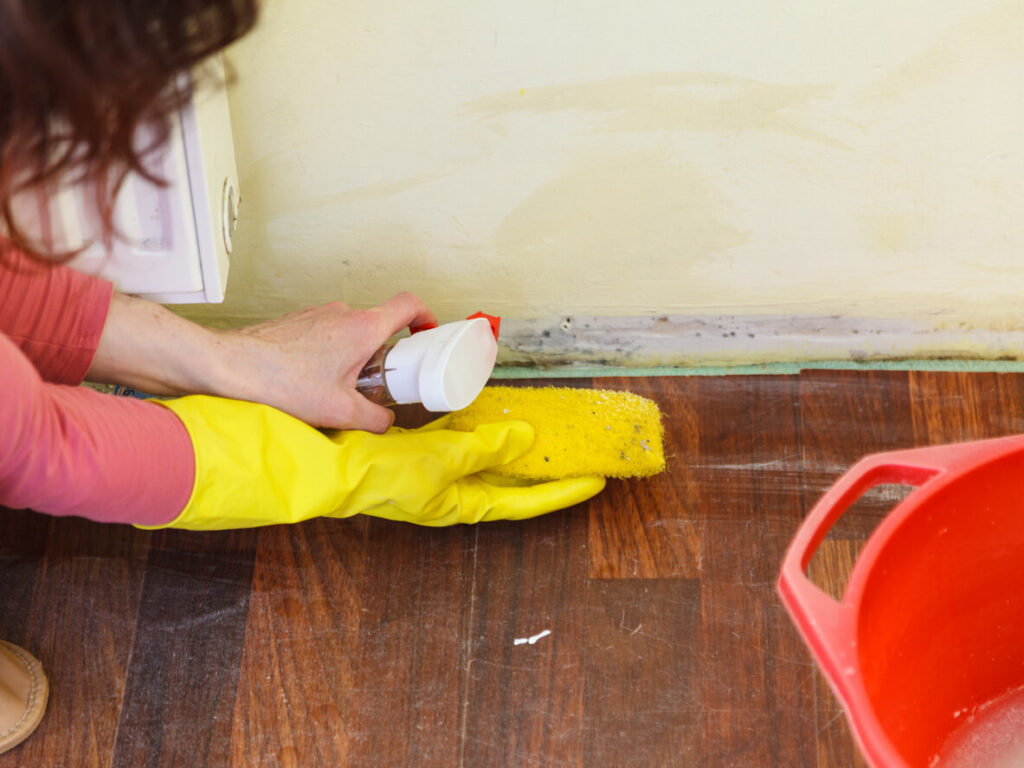
source: neighbor.com
-
- Wash in warm to hot water with disinfectant
- Take dry-clean fabrics to the professional cleaner
Books and Papers
-
- Allow the affected item to dry and place them in an air-tight container with silica gel
- Consult book conservators for essential documents and resources
Endnote
Mold is a threatening, unnoticeable pest in households and commercial establishments. It takes a keen homeowner to discover initial mold growth onset and make the situation a lot more preventable. To ensure that your home is constantly free of mold and other forms of infestation, regular maintenance and care are paramount in various areas of your home.
Once mold remediation is done, ensure that there’ll be no more mold issues in the future.

